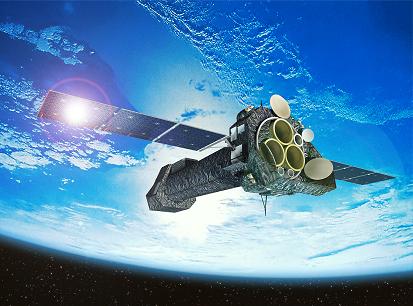After operating flawlessly in orbit for almost nine years, the XMM-Newton X-ray observatory lost contact with the ESA’s ground stations.
In the case of a space mission, losing contact with a spacecraft can mean anything from a technical problem onboard to a collision with space debris or even a meteorite.
The contact was lost when the satellite switched from one ground station to another. The satellite must perform such operations in orbit in order to maintain radio contact with the ground control center of the mission. The ESA’s ground station in Villafranca, Spain, reported that it was not able to re-establish radio contact with the satellite.
Several astronomic observatories have managed to take images of the satellite in orbit. By now it is clear to the ground investigators that the satellite is intact and it is maintaining a constant altitude on the expected orbit. By using a more powerful ground antenna (the 35m diameter antenna at New Norcia in Australia), a weak radio transmission was received from XMM-Newton, proving that the satellite is still alive. Engineers hope to re-establish nominal radio contact with the satellite.
ESA launched the X-ray Multi-Mirror Mission (XMM-Newton) on December 10th, 1999. The mission has an operational lifetime of ten years. XMM-Newton has a large collecting area due to its three X-ray telescopes. In addition, the high altitude orbit offers the ability to make long uninterrupted exposures.
X-rays are absorbed by the Earth’s atmosphere, so only a space telescope like XMM-Newton can detect and study celestial X-ray sources.
Data collected by the XMM-Newton was used to compile a three-dimensional large-scale map of the dark matter for the first time. The dark matter is an invisible form of matter that accounts for most of the mass of the Universe.
ESA has an entire website dedicated to the XMM-Newton mission. For more details about XMM-Newton you can visit the XMM-Newton Science Operations Center (XMM-Newton SOC) page.











 Subscribe to our RSS feed
Subscribe to our RSS feed











There are no comments.
Add A Comment